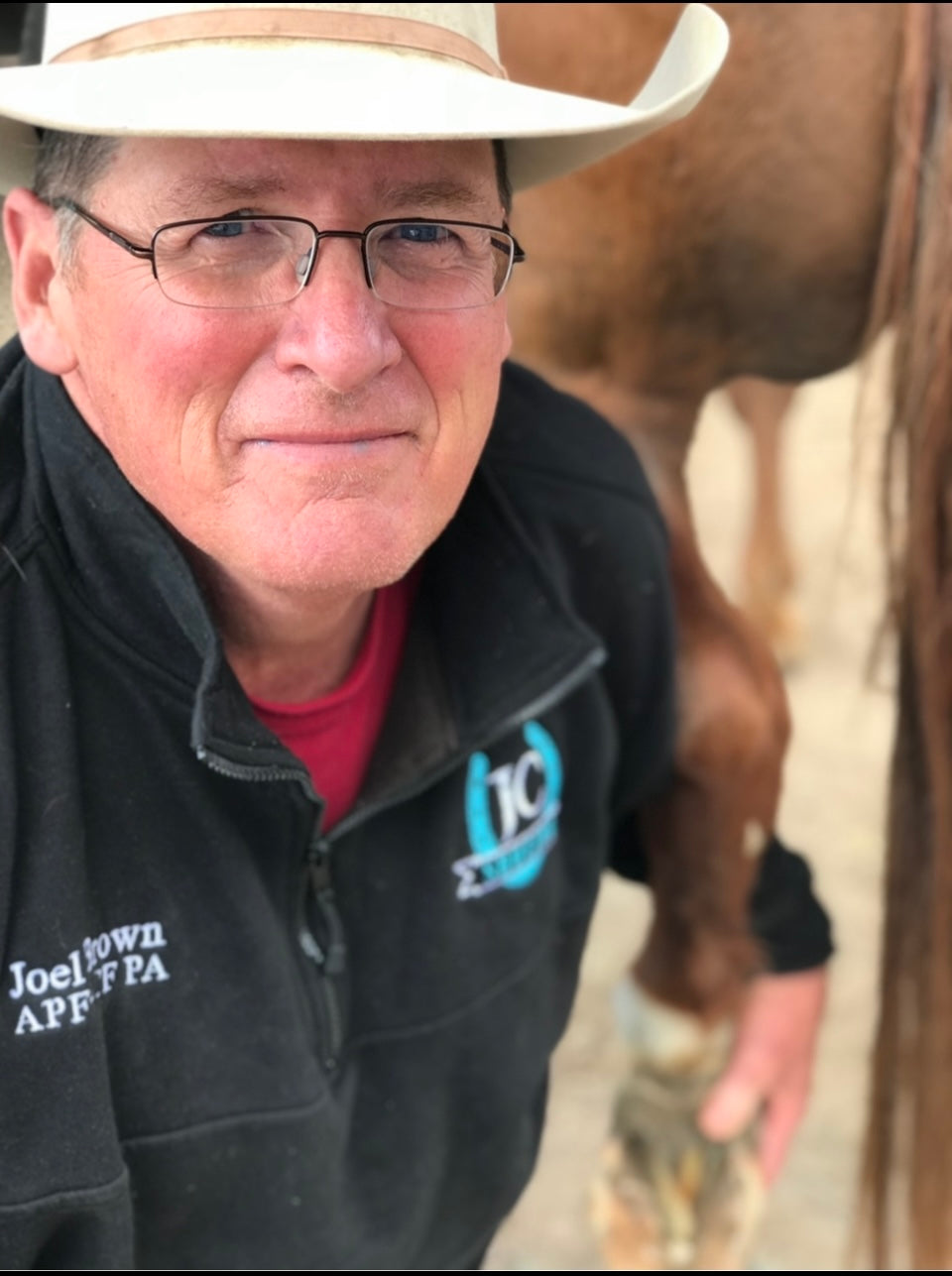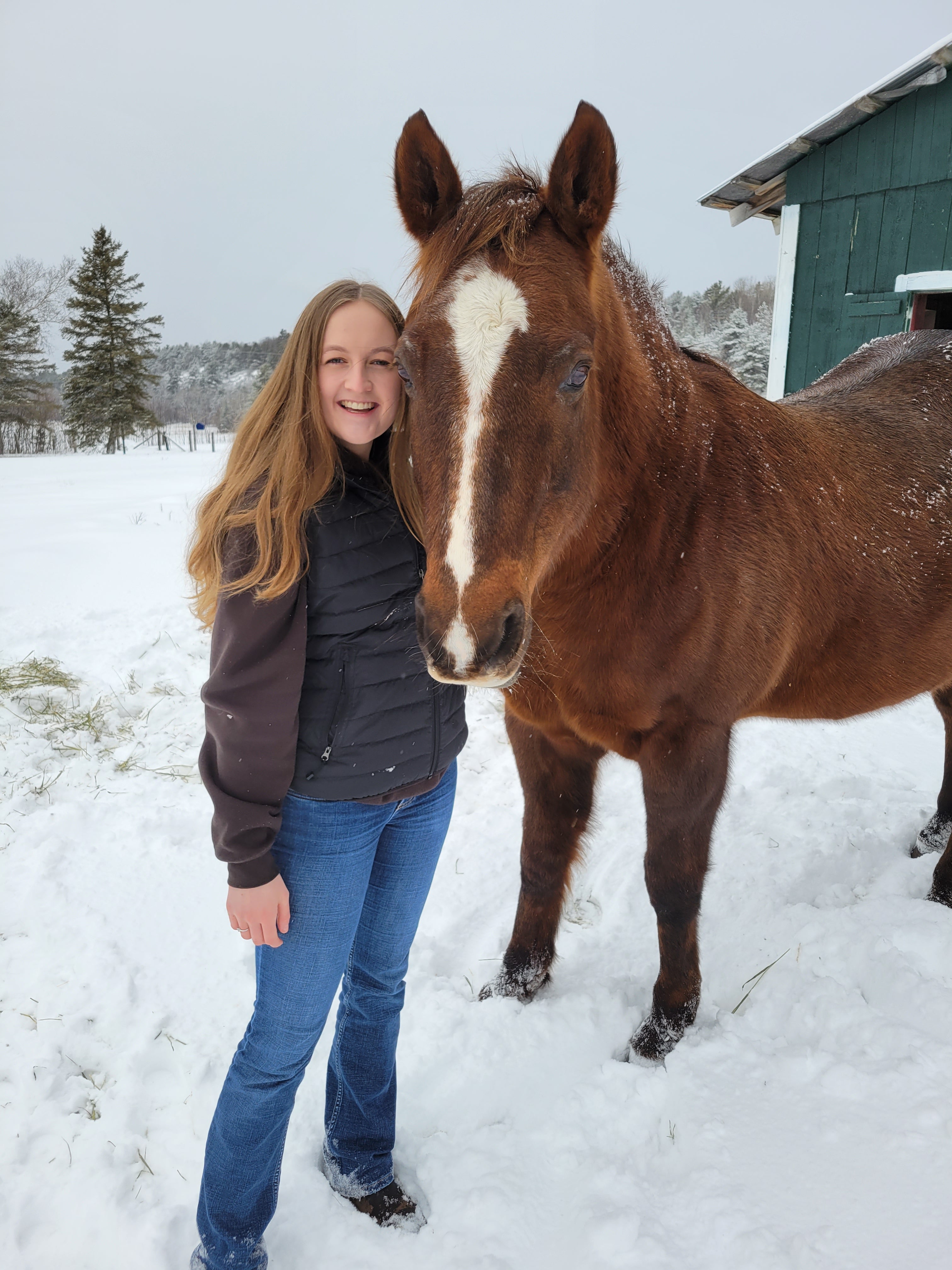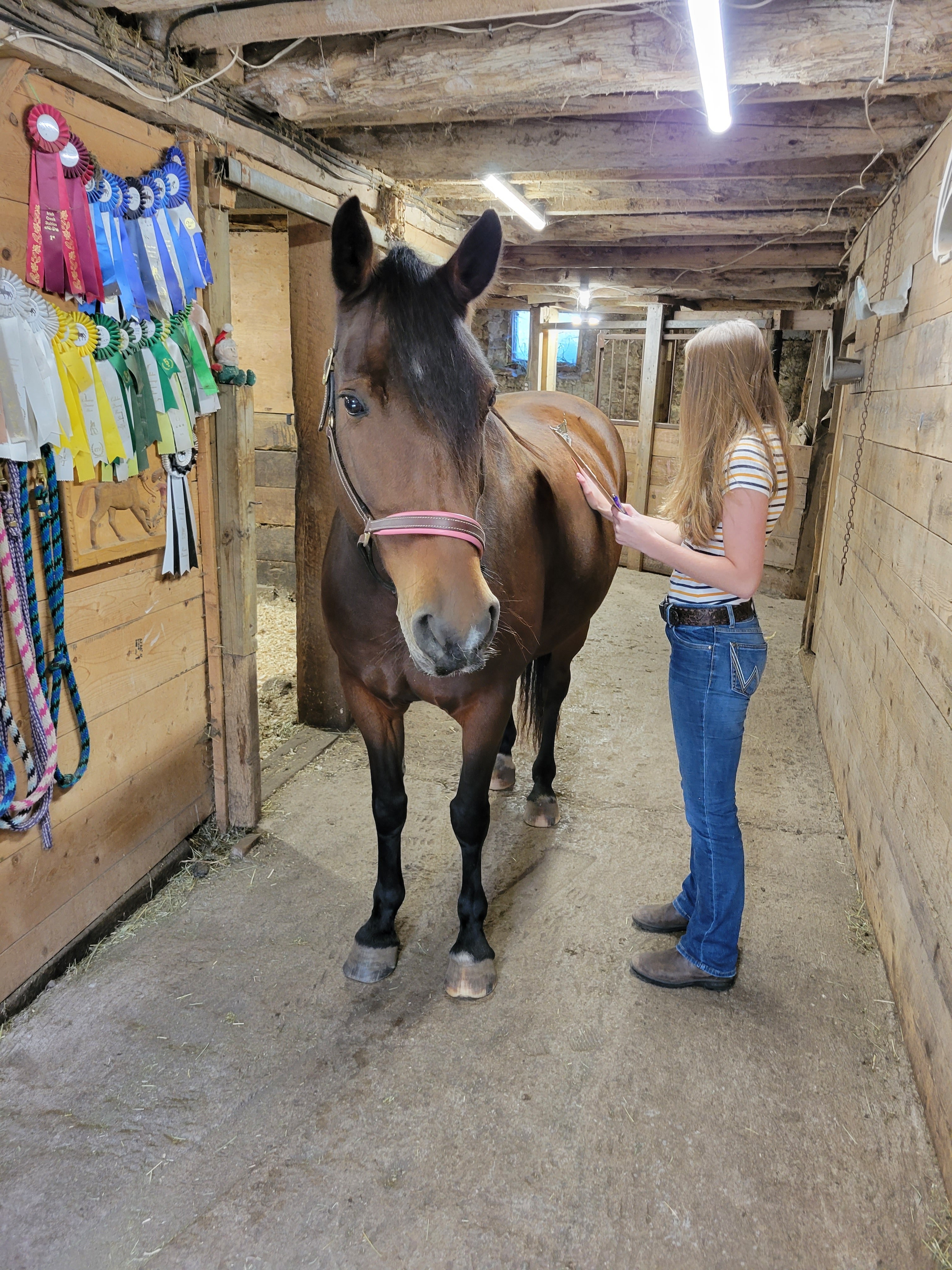
The Calcium to Phosphorus Ratio
By: Madeline Boast, MSc. Equine Nutrition
Minerals are an essential part of the equine diet; they contribute to a plethora of functions including growth and metabolism. Due to their significance, understanding the ideal amounts is important. However, minerals also have intricate interactions with each other – so the ratios are key. When the ratios are not balanced and there is an excess or deficiency of a mineral, the absorption of other minerals may be impaired. An example of minerals with an intricate relationship is calcium and phosphorus.
Calcium & Phosphorus
Calcium and phosphorus are both macrominerals, this means that they are required in larger amounts (often grams per kilogram of body weight instead of milligrams). Calcium composes the majority of bones and teeth as well as plays a role in neuromuscular function, and enzymatic activity. The absorption of calcium primarily takes place in the small intestine.
Phosphorus is required for energy conversion and plays a role in regulating muscle contraction and is required for cell integrity. The absorption of phosphorus primarily takes place in the large intestine. For both of these macrominerals, there is a required amount in the diet depending on the horse’s physiological state e.g., workload, age, and health.
The Ratio
For the ratio between calcium and phosphorus, an ideal of 2 parts calcium to 1 part phosphorus is recommended. This ratio stems from the ratio of calcium to phosphorus in bone. When this ratio is skewed (there is more phosphorus than calcium) the absorption of calcium becomes impaired, and a nutrient deficiency will develop. Symptoms of calcium deficiency include neurological problems, developmental orthopaedic disorders, muscle trembling and decreased intestinal motility.
When there is a prolonged calcium deficiency, the horse will mobilize calcium from bones. When this occurs the integrity of bone decreases and the skeleton becomes weaker. One of the most notable diseases is “big head”. Big head disease is a calcium deficiency disorder that results in an enlarged head and lameness.
On the other side of the spectrum, when excess calcium is fed there can be a negative impact on the absorption of trace minerals for the horse. The upper safe limit for the calcium-to-phosphorus ratio has not been fully elucidated in research but it is thought to be around 6:1. For the low end, you should never be below a 1.1:1 ratio as you always want calcium to exceed phosphorus in the diet.
Evaluating Your Horse’s Diet
When evaluating your horse’s mineral intake, the first step is a hay analysis. The laboratory results will include the calcium-to-phosphorus ratio of that forage. From there, you will have the required information to make an informed decision on what may need to be added to balance the diet. Oftentimes, a quality ration balancer will be adequate but occasionally, different feedstuffs will need to be incorporated. As a general rule, legume hays such as clover or alfalfa will be richer in calcium and cereal grains will be higher in phosphorus.
Overall, nutrition is all about balance. Supplying all the required nutrients in adequate amounts is important, but ratios and nutrient interactions cannot be overlooked. It is also essential to note that a horse’s nutritional requirements are not stagnant throughout its life. When we look at calcium and phosphorus the requirements are highest for growing horses or when the horse is in the late stages of pregnancy as well as lactation. A mature horse at maintenance will have much lower calcium and phosphorus requirements.
To conclude, if you suspect a nutritional deficiency in your horse or are unsure if their diet is balanced, I encourage you to reach out to a qualified equine nutritionist and get a forage analysis done! A fun tid bit is that you can do the hay analysis yourself! If you’re looking for a step-by-step guide on taking a hay sample simply send me an email at balancedbaynutrition@gmail.com and I can send you the guide for free!
Written by: Madeline Boast, MSc. Equine Nutrition

About the author: Madeline Boast completed her master’s in Equine Nutrition at the University of Guelph and started an independent nutrition company known as Balanced Bay. She has worked with a variety of equids – from miniature ponies to competing thoroughbreds. Through Balanced Bay she designs customized balanced nutrition plans that prioritize equine well-being. This includes diets for optimal performance as well as solving complex nutritional issues and everything in between. For additional information see www.balancedbay.ca
References:
National Research Council. Nutrient Requirements of Horses. (2007). National Academy Press, Washington, D.C.
Schryver, H. F., Hintz, H. F., & Lowe, J. E. (1971). Calcium and phosphorus inter‐relationships in horse nutrition. Equine veterinary journal, 3(3), 102-109.
Toribio, R. E. (2011). Disorders of calcium and phosphate metabolism in horses. Veterinary Clinics: Equine Practice, 27(1), 129-147.
Van Doorn, D. A., Everts, H., Wouterse, H., & Beynen, A. C. (2004). The apparent digestibility of phytate phosphorus and the influence of supplemental phytase in horses. Journal of animal science, 82(6), 1756-1763.






